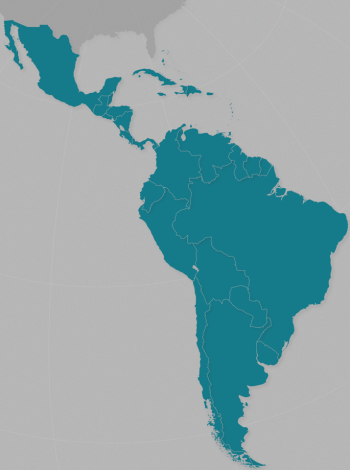In Mexico, next to the Great Museum of the Mayan World, there is a monument to a Russian scientist: Yuri Knorozov, carved in a yellowish stone, the work of Mexican sculptor Reynaldo Bolio Suarez. It is exactly the same model as the most famous photograph of the linguist and epigrapher, in which he appears with his inseparable cat Asya. It was precisely her, his cat, whom Yuri repeatedly tried to add to the list of co-authors of his works, but the editors constantly crossed out the pet's name.
"In my heart I will always be Mexican" is the phrase that decorates the monument to
Soviet Ukrainian Mexican soldier Yuri Valentinovich Knorozov in the city of Merida, Yucatan. This phrase was pronounced in 1994, when the former Soviet received the Order of the Aztec Eagle decoration, the highest award given by the Mexican government to a foreigner.
His great feat consisted in deciphering the Mayan hieroglyphics for the first time. Before him, no one had ever succeeded. The first to attempt it was the Franciscan missionary Diego de Landa, who in the 16th century had thousands of Mayan Indians of Yucatan and Guatemala killed under the pretext of heresy. However, he preserved some codices and wrote the Relación de las cosas de Yucatán. In this document, Diego de la Landa describes the way of life of the Maya before the conquest, as well as the existing institutions. In addition, he also wrote a section under the title Maya Alphabet, which served as the basis for deciphering the glyphs.
The father of the decipherment of the Maya script, Yuri Valentinovich Knórosov, renowned ethnologist and linguist, was born on November 19, 1922 in Kharokov, Ukraine. From the age of 17, when he entered Moscow University, he showed his interest in ethnology, ancient writing and archaeology.
At the age of 21, he was studying violin in the USSR when World War II began and he had to join the troops as part of the General Staff reserve. He arrived in Berlin and when he saw that the Great Library was on fire, he went inside and managed to take out only two books: the edition of Diego de Landa Relación de las cosas de Yucatán prepared by Brasseur de Bourbourg and the 1933 edition of the Mayan codices of Carlos and Antonio Villacorta.
Upon his return to the Soviet Union, he resumed his studies and his thesis earned him the degree of doctor and from then on, and throughout his life, he worked at the Institute of Ethnography of the Kunst-Kamera Museum in Leningrad. Thanks to the creation of his school of Mayan epigraphy, the Center for Mesoamerican Studies also exists in Moscow.
In 1952 he published his first decipherments of the glyphs of the Dresden Codex and in 1963 his most important work appeared, "The Writing of the Ancient Maya", these as many other publications of his did not get the attention they deserved due to the Cold War. Curiously, he deciphered the Mayan writing in a room in Leningrad and it was not until after he had found the key that he traveled to Mayan territory.
Furthermore, in spite of the great importance of his studies in world culture, not only Maya or Mexican, Knórosov's work did not receive recognition until 1975 when he was awarded the State Prize of the USSR.
He first visited Mayan territory in 1990, at the invitation of the Guatemalan government, which also awarded him the Grand Gold Medal.
Cats were Knorozov's passion. Around 1970, his friends gave him a Siamese cat, which was then rare in Leningrad, where he lived at the time. He named her Asya and she became the main assistant to the researcher, he called her "his co-author".
Later in his visit to Mexico, he travels to Palenque, Bonampak, Yaxchilán, La Venta and Monte Albán, where the people appreciated the interest of the distant visitor for the cultures of this country. For this reason, in 1995 the Mexican government awarded him the Order of the Aztec Eagle.
He died on March 30, 1999 in Petersburg, Russia.
Announcements & Information
Megathreads and spaces to hang out:
- ❤️ Come listen to music with your fellow Hexbears in Cy.tube
- 💖 Come talk in the New weekly queer thread
- 🧡 Monthly Neurodiverse Megathread
- 💛 Read about a current topic in the news
- ⭐️ May Movie Schedule ⭐️
Reminders:
- 💚 You nerds can join specific comms to see posts about all sorts of topics
- 💙 Hexbear’s algorithm prioritizes struggle sessions over upbears
- 💜 Sorting by new you nerd
- 🌈 If you ever want to make your own megathread, you can go here nerd
Links To Resources (Aid and Theory):
Aid:
- 💙 Comprehensive list of resources for those in need of an abortion -- reddit link
- 💙 Resources for Palestine
Theory:


My new job gave me a repetitive strain injury within the first 6 weeks, through the magic of six- and seven-day workweeks :pain: